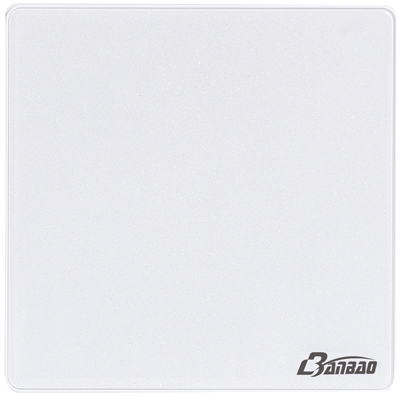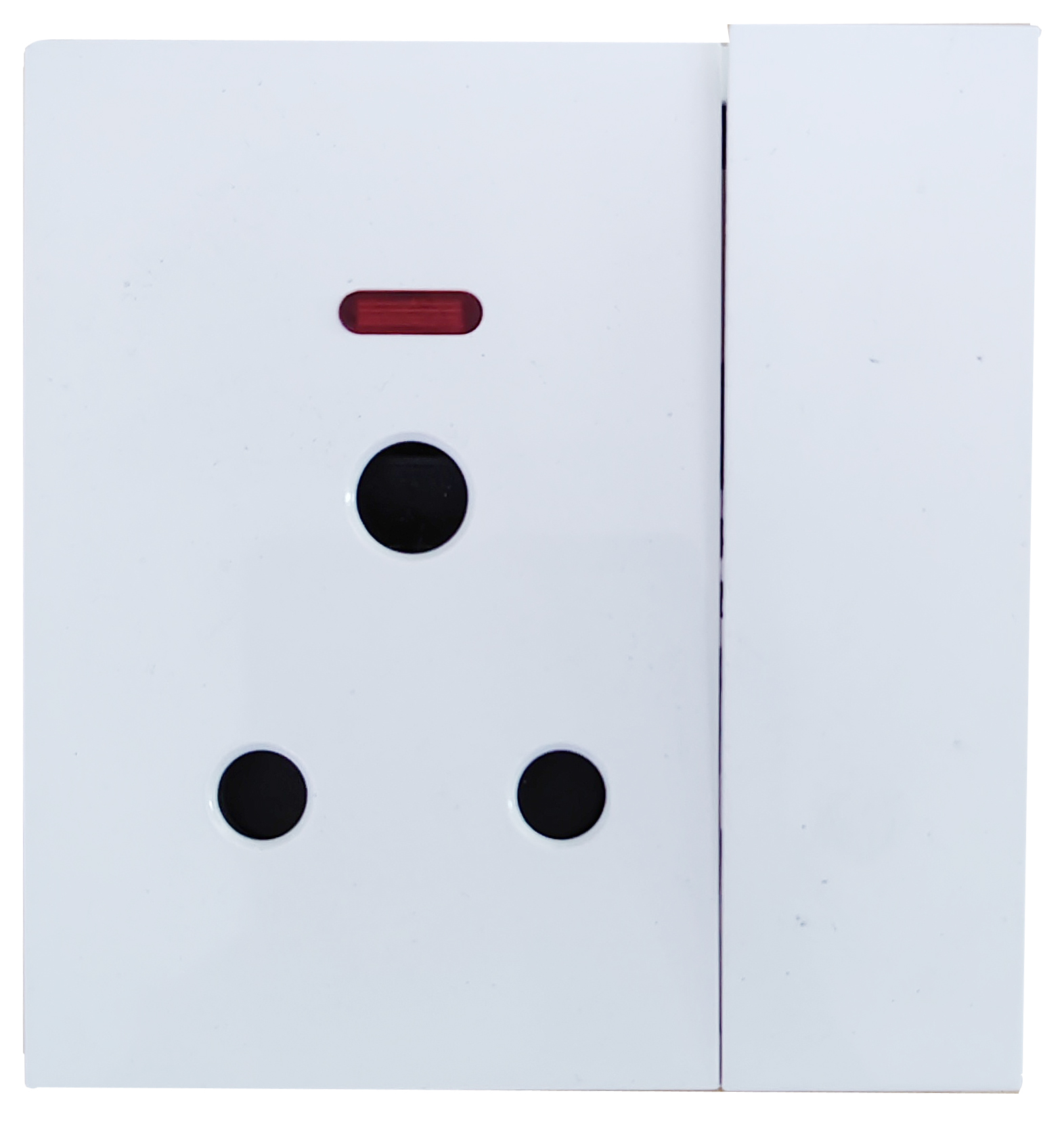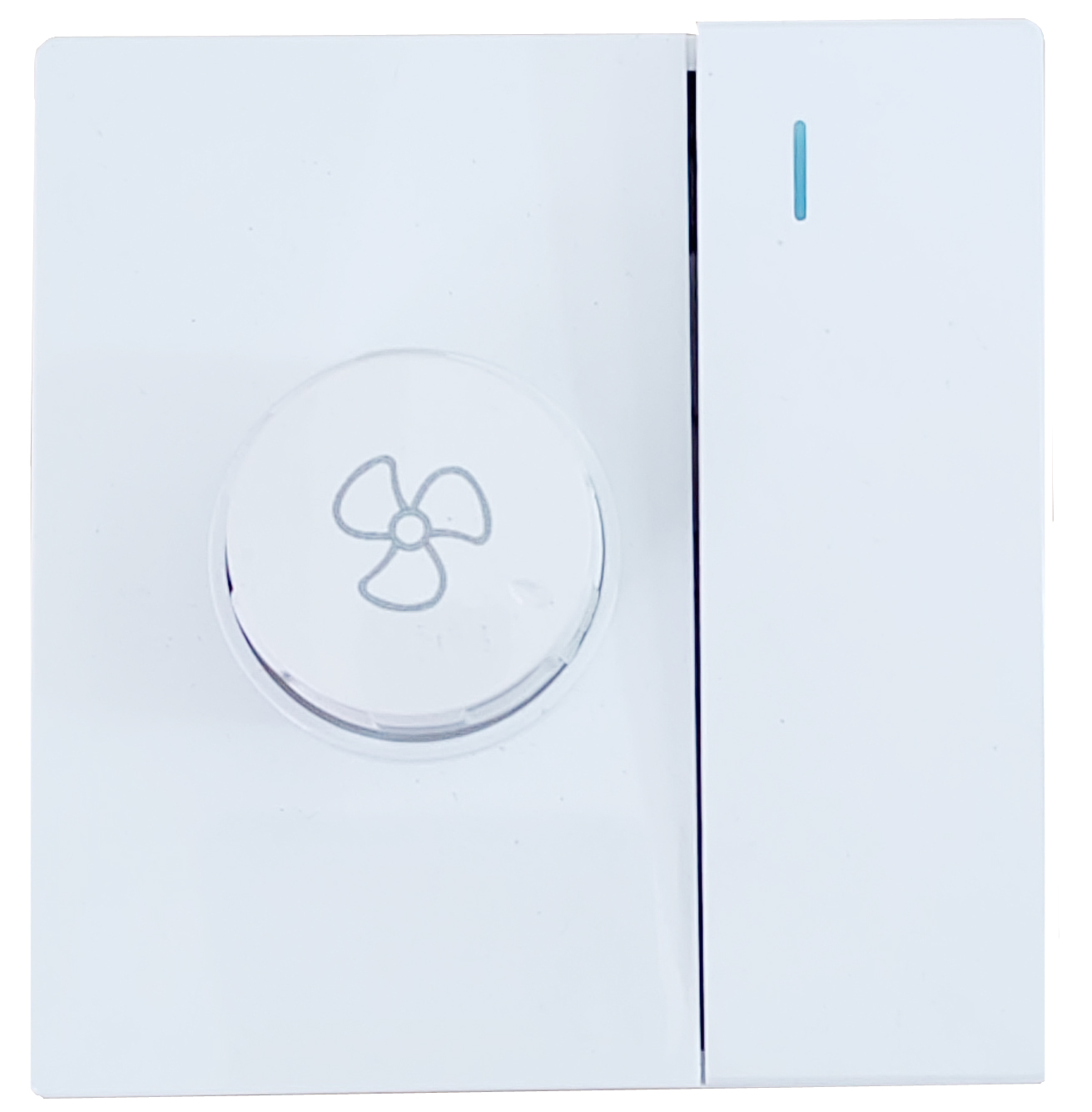Among numerous global electrical standards, the British standard is widely recognized for its unique structural design, high safety standards, and comprehensive regulatory system.
One of the most frequently asked questions when discussing British power equipment is: "Are UK sockets 13A?" This question is common among cross-border e-commerce practitioners, international travelers, and engineers who need to purchase British standard electrical products.
This article will provide a comprehensive analysis of the definition, specifications, structure, safety, and differences between 13A UK sockets and sockets from other countries, giving you a deep and systematic understanding of the British socket system.
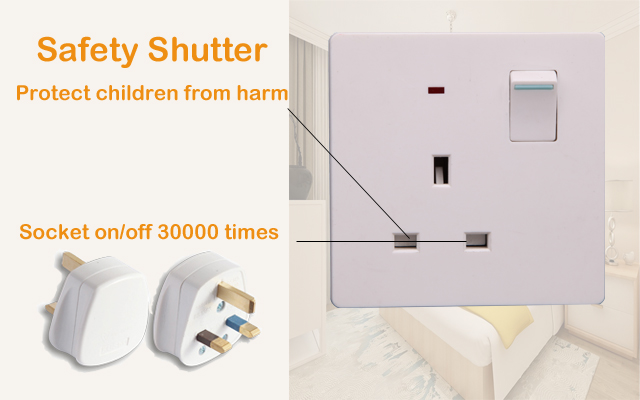
What is a 13A UK socket?
The British socket system follows the BS 1363 standard, which is the core standard for household sockets and plugs in the UK. The most typical rated current in this standard is 13A, therefore, sockets conforming to this standard are commonly referred to as 13A UK sockets. In the UK and other regions that use the British standard system (such as Hong Kong, Singapore, and Malaysia), wall sockets in homes, hotels, and commercial establishments are generally manufactured strictly according to the 13A specification.
"13A" means the socket can continuously carry 13 amps of current. Based on the UK's standard AC 230V voltage, a 13A socket can provide a maximum power of approximately: 230V × 13A = 2990W (about 3kW).
This allows a 13A UK socket to meet the power requirements of most household appliances, such as electric kettles, ovens, hair dryers, and heaters.
Why do UK sockets need to be 13A? What is the significance of 13A?
The UK's power grid system and electricity demand determine the importance of 13A UK sockets.
1. High-power appliances are commonly used in British households
UK residents frequently use heating appliances such as electric heaters, toasters, and electric kettles, whose power often approaches or exceeds 2000W. To ensure the stable operation of such appliances, the socket must support a high rated current.
2. The UK uses 230V high voltage
Compared to the US 120V system, the UK's 230V voltage provides higher power output, but also requires correspondingly higher standards for plug and wiring protection. A 13A rating ensures the socket remains safe even under high power conditions.
3. National Standard Requirements
BS 1363 standard requires ordinary household sockets to be designed and tested to a 13A rating, including temperature rise testing, withstand voltage testing, insertion and removal life testing, and protection against electric shock. These stringent requirements dictate that UK sockets must meet the 13A specification.
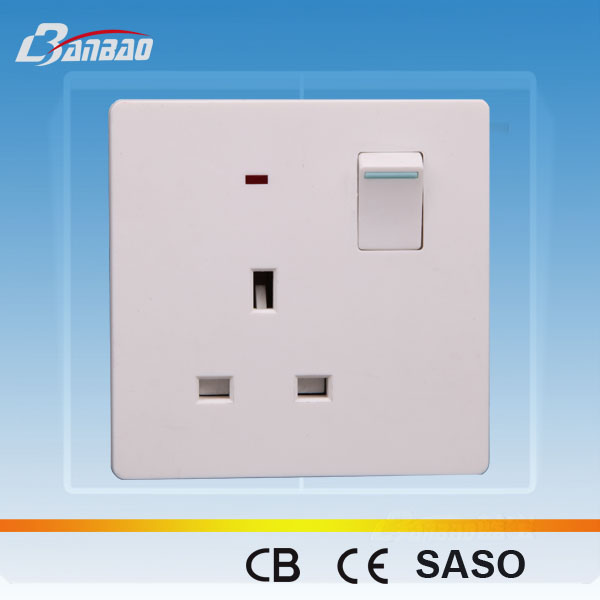
Are all UK sockets 13A?
—This is a key question for many.
The answer is: almost all three-prong square sockets used for general purposes in the UK are 13A, but not all sockets in the UK are 13A.
The Following Categories are Exceptions:
1). Shaver Socket
For bathroom use only, typically 110V/230V dual voltage, rated current only 1A or 2A.
2). Industrial Sockets
Such as 16A or 32A UK standard industrial sockets, not part of the household standard.
3). Fixed Wiring for Some Special Purpose Equipment
For example, electric stoves may use dedicated high-current circuits instead of 13A sockets.
However, for power outlets in ordinary environments such as hotels, residences, and offices, standard wall sockets are what we commonly refer to as 13A UK sockets.
What is special about the structure of a 13A UK socket?
The UK 13A socket is considered one of the safest civilian sockets in the world, mainly due to its unique structural design and strict regulations.
1. Three-Prong Layout (Ground at the top, Live and Neutral on the left and right)
The grounding hole is at the top of the socket, with the live and neutral wires on the left and right sides. This layout ensures that the grounding terminal contacts first when the plug is inserted, thus improving safety.
2. Safety Shutter Design
UK 13A sockets have a built-in safety shutter to prevent metal objects from being accidentally inserted into the live or neutral wire. The grounding terminal must be pressed down simultaneously to open the internal shield. This is one of the reasons why UK household sockets are particularly safe.
3. Built-in Fuse (usually 13A, 3A, or 5A)
This is a design unique to the UK system.
Each 13A UK plug has a built-in replaceable fuse to protect appliances from overcurrent damage.
4. Enhanced Durability and Stability
UK 13A sockets are typically made of copper alloy, with a large contact surface and low impedance, allowing them to maintain stable operation even at power levels approaching 3kW.
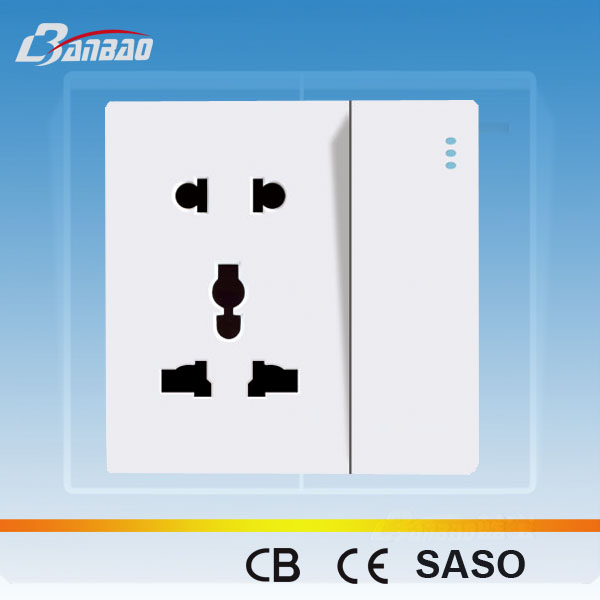
Why doesn't the UK use the 10A or 16A sockets common in other countries?
The UK's electrical history and standards-setting logic differ from those of Europe and Asia.
1. The UK does not use the European standard 16A (Schuko)
European standard 16A sockets do not have built-in fuses in the plugs, which may concentrate the risk on the circuit when using high-power appliances. The UK prefers to have each device independently protected by a fuse in the plug.
2. 10A sockets cannot meet the needs of common high-power appliances in UK households
For example, a common electric kettle has a power of approximately 2900W, which is close to the 13A limit under 230V conditions. Using only a 10A socket can easily cause overcurrent.
Therefore, UK 13A sockets are more suitable for the living and electrical environment in the UK.
Can a 13A UK socket be used in other countries?
Many users ask:
"Can a 13A UK socket be used in environments with non-UK voltage?"
The Answer Depends on the Following Factors:
1). Is the local voltage between 220V and 240V?
If so (e.g., mainland China, most of Europe, Singapore, etc.), theoretically, UK sockets are compatible with the local voltage.
2). Is the UK standard for sockets allowed locally?
Some countries' regulations prohibit the mixing of sockets of different standards; local regulations must be followed.
3). A UK standard plug or adapter is required
Even if the voltage is compatible, plugs of different standards cannot be directly inserted; an adapter is still required.
What type of wiring is required for a 13A UK socket?
To ensure that a 13A UK socket can safely carry the maximum current, UK regulations have strict requirements for wiring.
Common wiring cross-sectional areas include:
• 1.5mm² copper wire: Can carry 15A, commonly used for lighting or smaller loads.
• 2.5mm² copper wire: Can carry 20A–25A, the standard wiring for common UK socket circuits.
• 4mm² copper wire and above: Used for higher load devices such as kitchen stoves.
Generally, to ensure compatibility and safety, UK 13A sockets are often used with 2.5mm² copper wire.
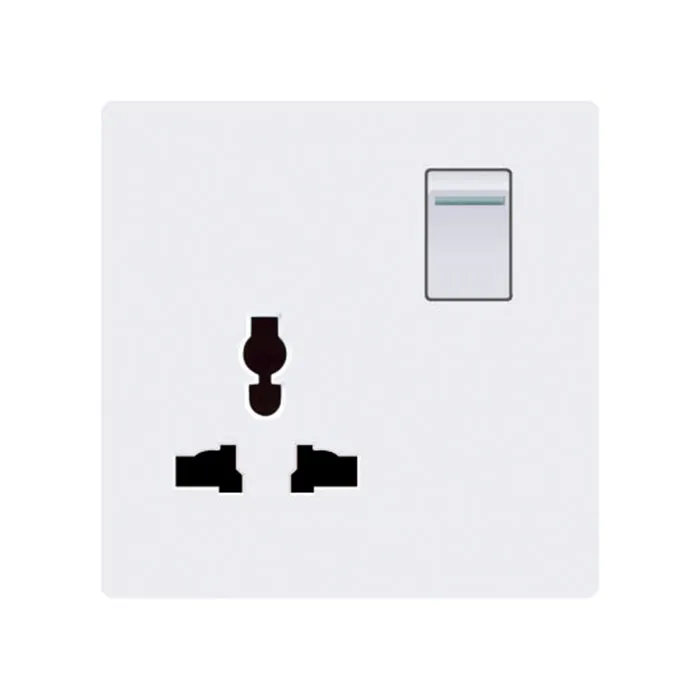
What are the common specifications for a 13A UK socket?
Although the standard is 13A, UK sockets come in several different forms.
1. Single or Double Prong Outlet
The most common is the double-prong outlet, which allows two devices to be connected simultaneously.
2. With or Without Switch
UK sockets often have an individual switch, allowing users to disconnect power without unplugging the device, which is not common globally.
3. 13A UK Socket with USB Port
Modern versions include USB-A or USB-C ports for charging phones and tablets.
4. Outdoor Version with Waterproof Cover
For outdoor environments such as gardens and garages.
What devices can a 13A UK socket power? How is the power calculated?
The calculation method is very simple: Power (W) = Voltage (V) × Current (A).
For example, a 13A UK socket: 230V × 13A ≈ 2990W (approximately 3kW).
Therefore, as long as the rated power of an appliance does not exceed 2900W–3000W, it can be safely used with a 13A UK socket.
Commonly Applicable Appliances Include:
• Electric kettle
• Microwave oven
• Grill
• Electric heater
• Hair dryer
• Rice cooker
• Air fryer
High-power appliances (such as electric stoves) usually use dedicated circuits and do not use 13A sockets.
Why is the 13A UK socket so popular in cross-border e-commerce?
Many electrical appliances or power strips exported to the UK market must comply with British standards, making the UK 13A socket an important category in cross-border e-commerce.
Its Advantages Include:
• Stable market demand
• Clear standards (BS 1363)
• Applicable to multiple countries and regions
• High product safety and strong user trust
Especially for manufacturers of electromechanical products and household appliances, they must ensure that the matching plugs and sockets meet 13A requirements before exporting to the UK.
Frequently Asked Questions: Can a 13A UK socket replace sockets from other countries?
If you are considering installing or purchasing a 13A UK socket, you may ask:
1. Can it replace Chinese standard sockets?
China commonly uses 10A and 16A Chinese standard sockets, which are not compatible with 13A UK sockets unless the entire wiring is modified.
2. Can it be installed in European standard countries?
The European standard is the Schuko system, with a completely different structure and is incompatible.
3. Is a transformer needed?
If the voltage is different, such as in low-voltage countries like the US and Japan, a transformer must be used.
Who is Foshan Zhongmei Lighting Electric Appliance Co., Ltd and what do you supply?
Foshan Zhongmei Lighting Electric Appliance Co., Ltd is a Guangdong-based manufacturer and supplier that specializes in the design, development, production, sales and after-sales service of lighting electric appliances. With nearly ten years of industry experience in Foshan — a region known for industrial strength and mature commerce — we focus on modern wall-mounted switches and electrical sockets that combine safety, decorative design and unified system thinking.
As a factory-oriented company, we offer competitive wholesale prices and support purchasing departments with product catalogs, quotes and volume promotions.


